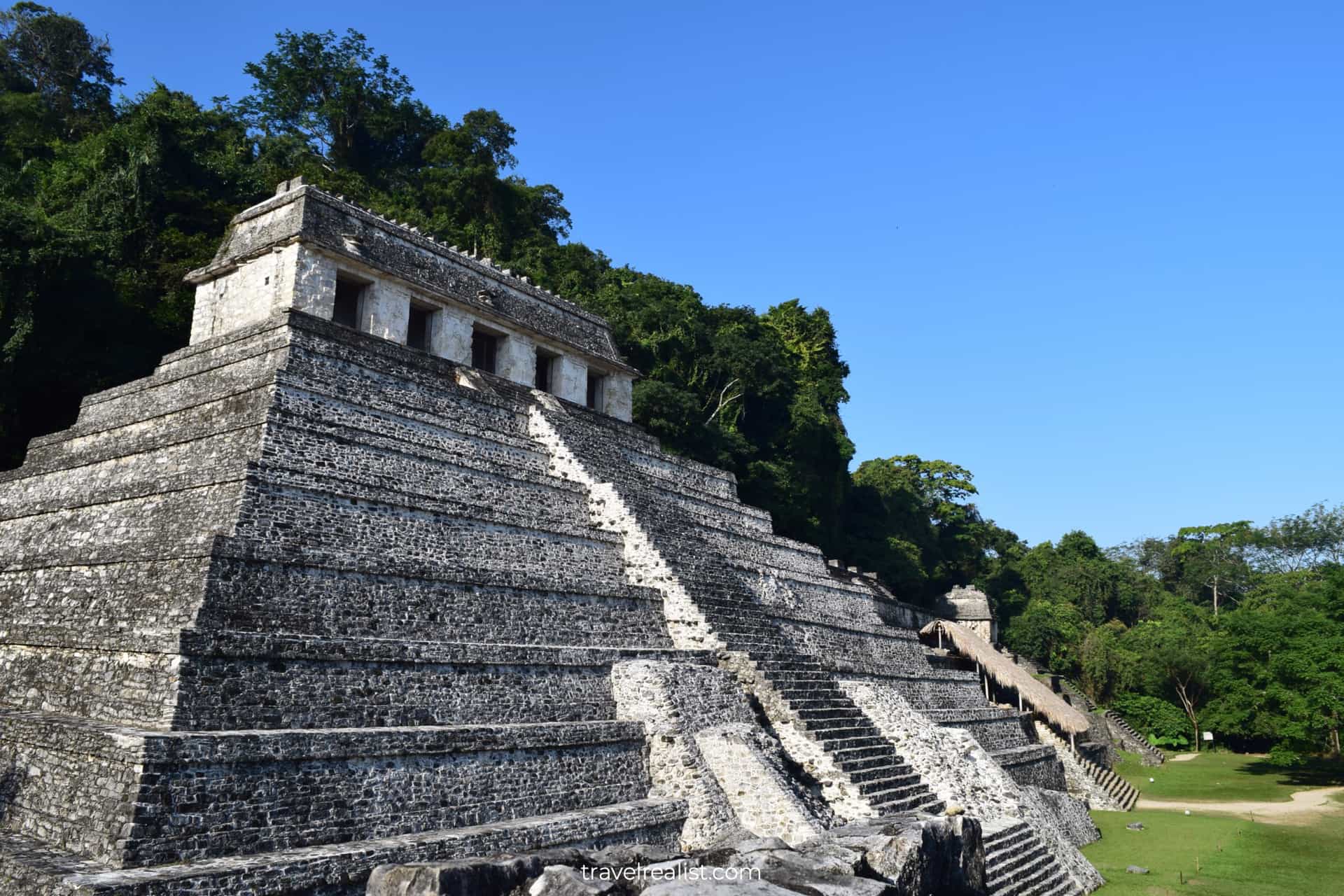14 Things You Should Know Before Your First Hike
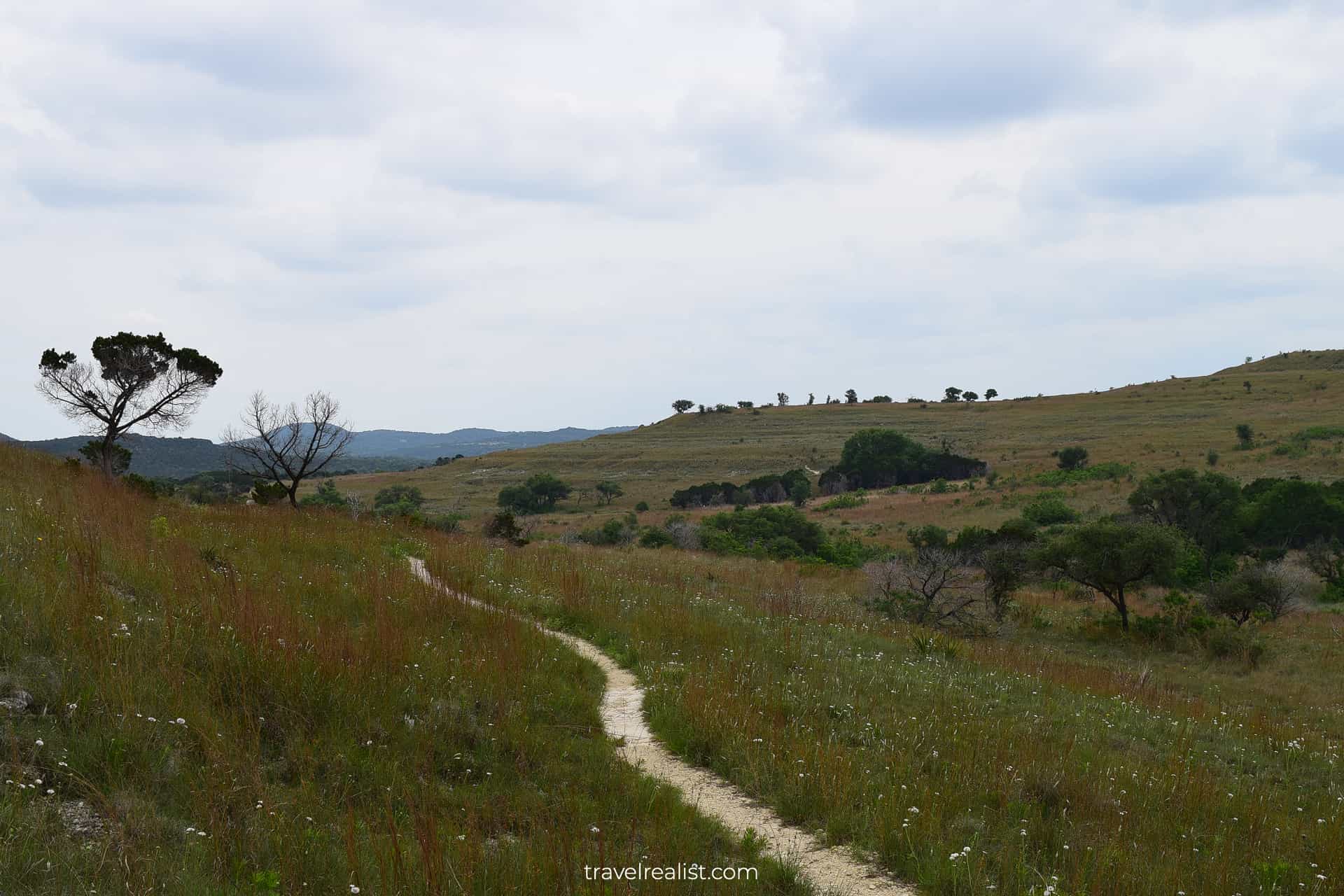
Beginner Hiking Guide
Use our realistic Beginner Hiking Guide to learn about things to consider before embarking on your first hike.
Are you a beginner hiker looking to hit the trails for the first time? Hiking is a fun and rewarding experience if you’re prepared before you head out.
- 1. Choose your first hike carefully
- 2. Match your fitness level
- 3. Have backup plans
- 4. Test your gear beforehand
- 5. Dress appropriately
- 6. Bring sunscreen and hydration
- 7. Don’t forget a first-aid kit
- 8. Pack snacks
- 9. Leave no trace
- 10. Know your limits and pace yourself
- 11. Learn basic navigation skills
- 12. Invite a friend
- 13. Tell someone where you’re going
- 14. Have fun!
- Takeaways: Beginner Hiking Guide
This post includes affiliate links that will earn us commission if you make a purchase via these links.
From choosing the right trail to testing your gear, packing snacks, and staying safe, these tips will help you have a more enjoyable hiking experience. So grab your hiking shoes and let’s get started!
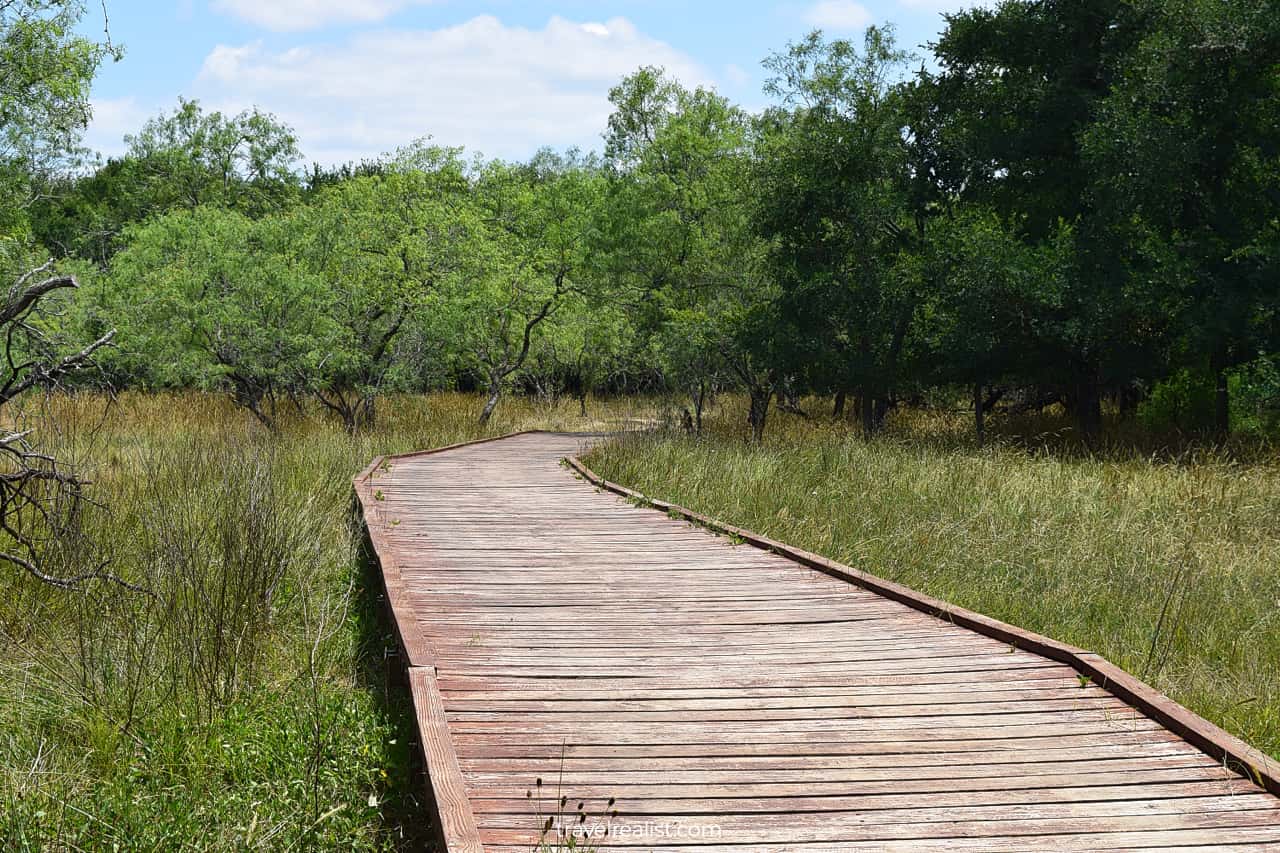
If you’re a beginner hiker, here are 14 things to help you get started:
1. Choose your first hike carefully
Research your hiking destination before you go, regardless whether it’s a local trail, a state, or a national park.
- Search online for maps that show length, difficulty level, elevation gain, and current conditions of each trail.
- Consider using tools like Alltrails for trail reviews.
- Use Google Earth or Google Maps Street View images to check the trail’s terrain and shade.
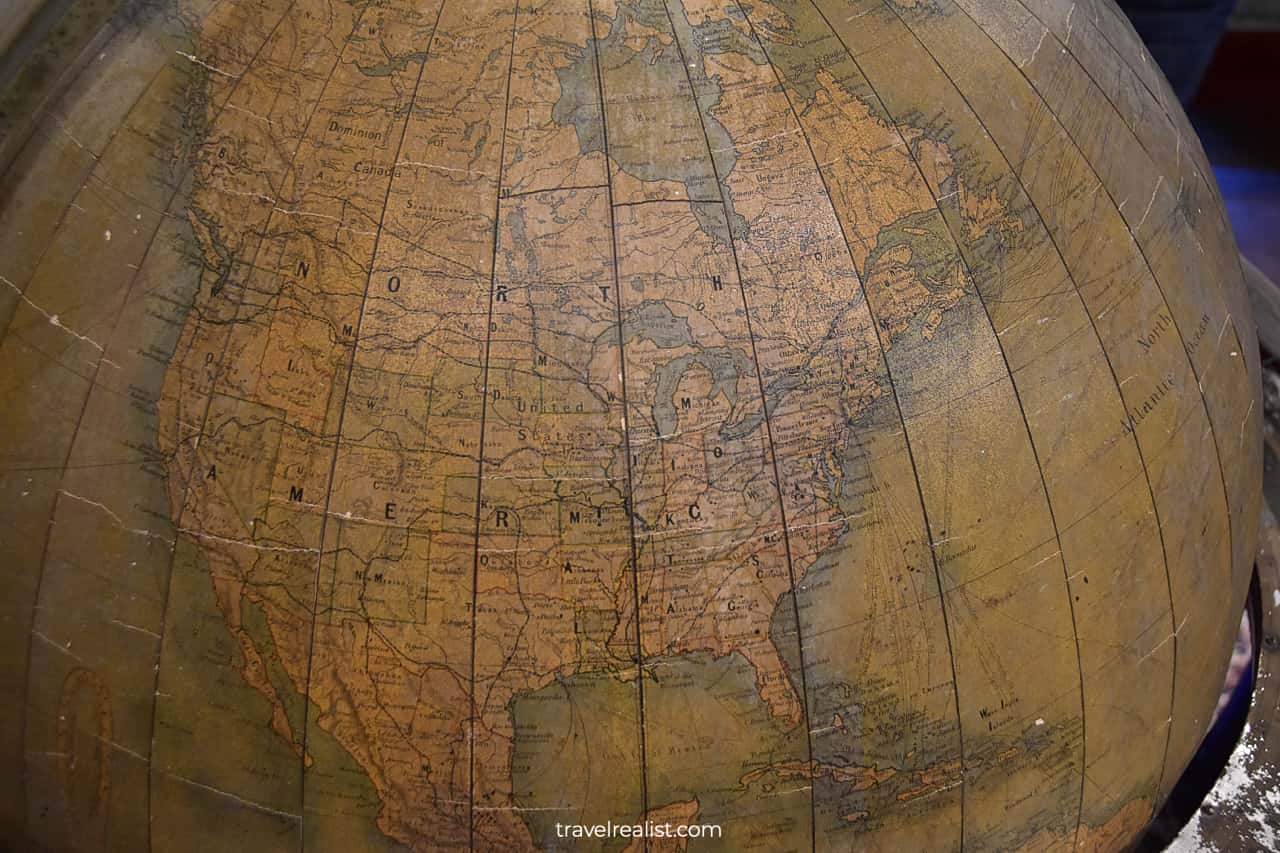
2. Match your fitness level
Consider your overall fitness level and trail difficulty level when selecting a hike. You can usually find difficulty rating on the park’s website, trailhead info boards, and printed maps.
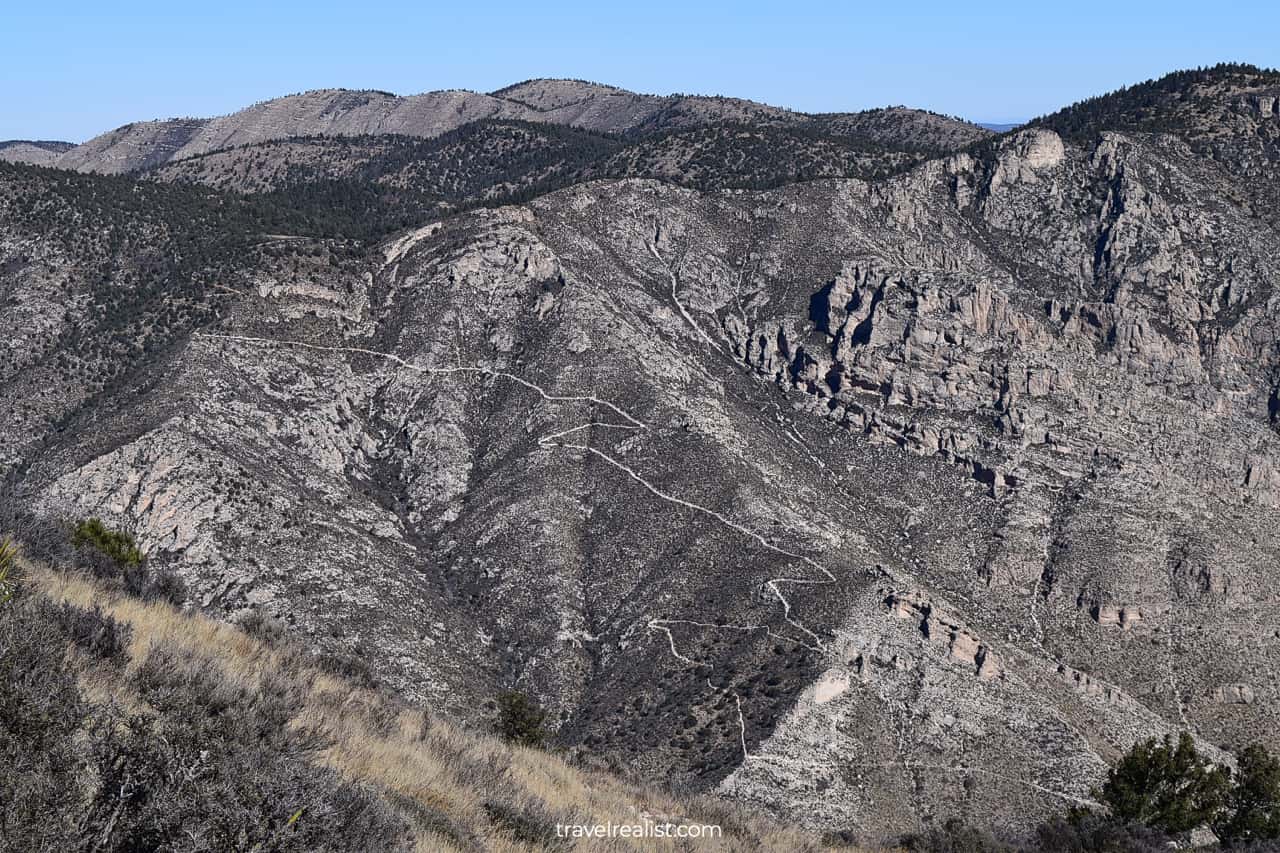
Avoid long and strenuous trails for your first hike. Instead, start with shorter trails and gradually increase the difficulty level over time.
3. Have backup plans
Unexpected events can prevent you from going on the hike you planned. When planning, identify a couple backup trails of similar difficulty level within the same park.
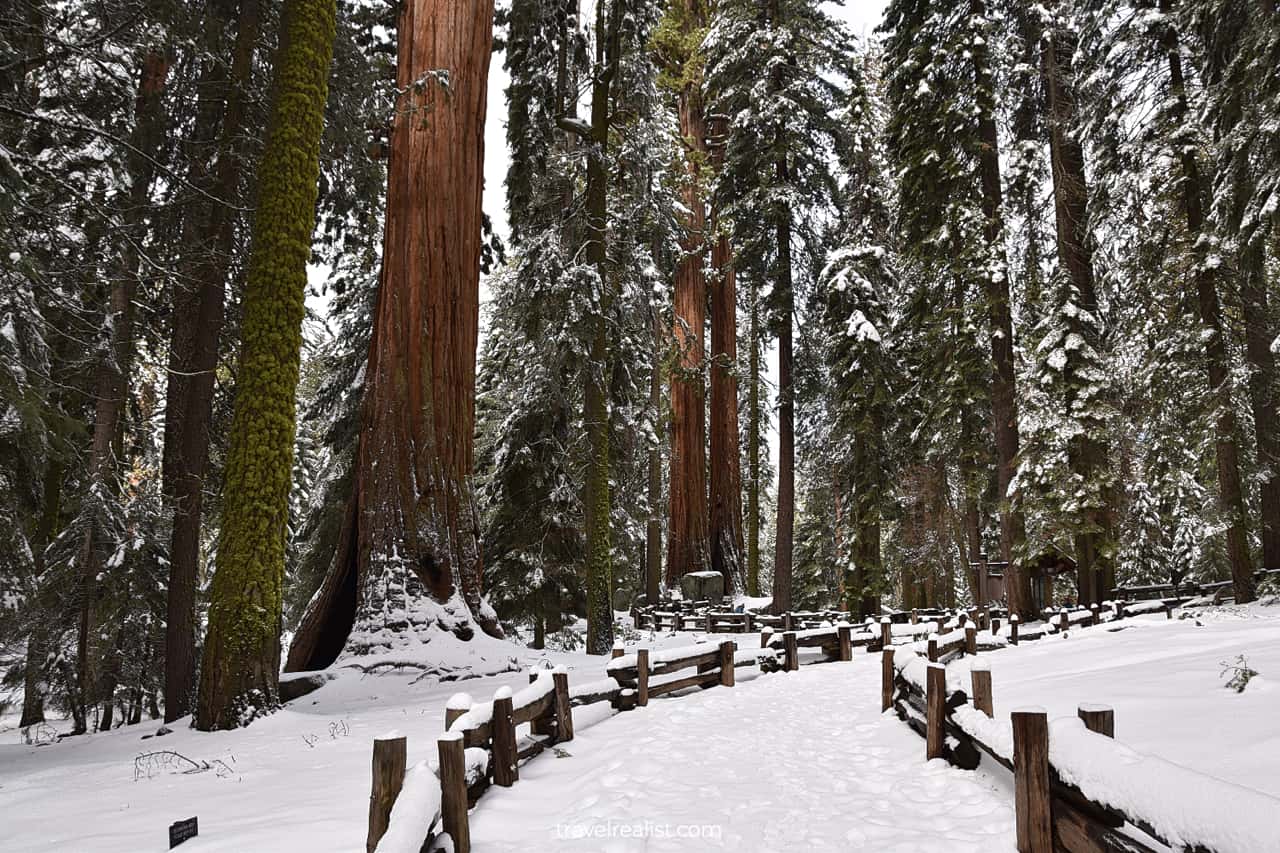
This could help if your first choice trail is closed. Consider a backup destination, like a park nearby, if all else fails.
4. Test your gear beforehand
Your hiking shoes or sneakers are your most important gear on the trail. They can be a dealbreaker for your hiking experience. Do a couple of trial runs if you have not used your brand new hiking shoes. For example, wear them on a short neighborhood walk or during grocery shopping.
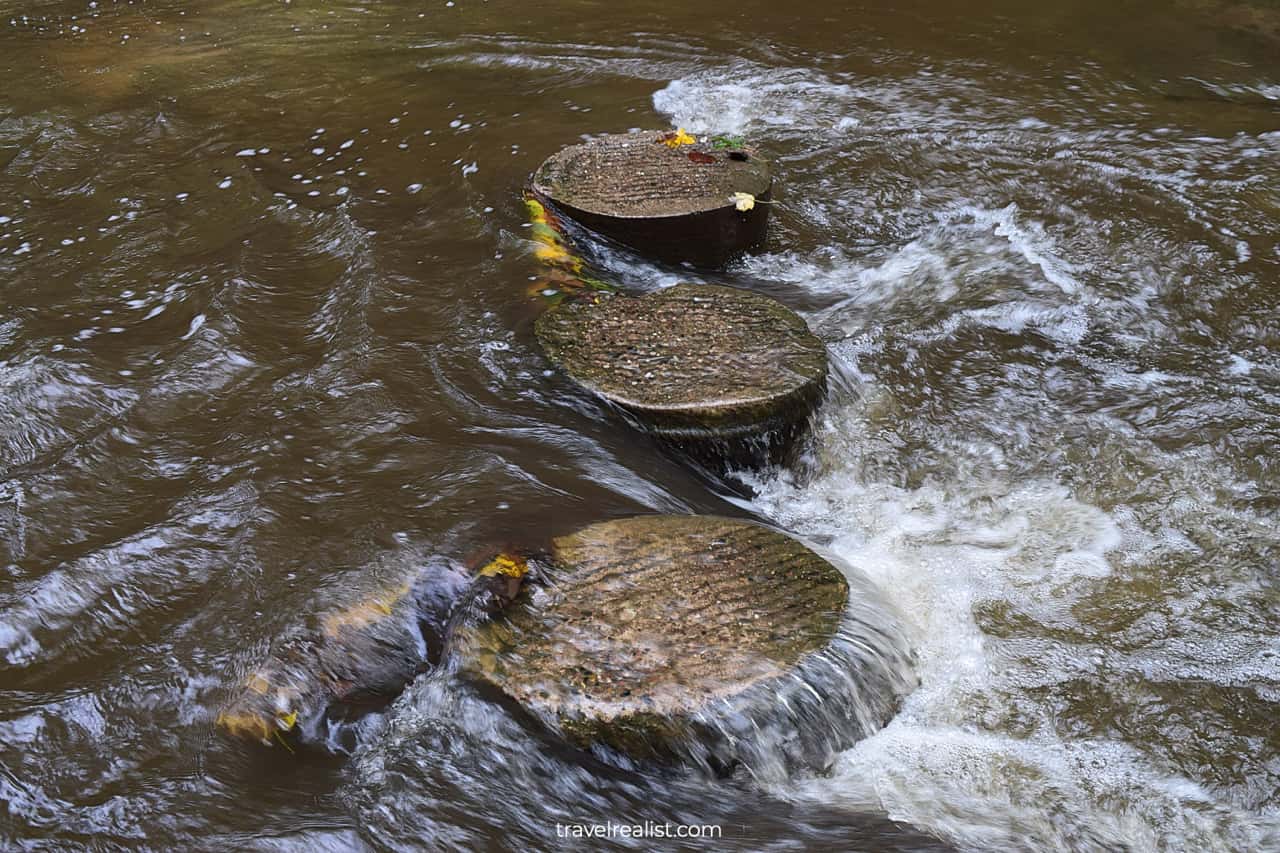
Also test if your hiking shoes are waterproof before you attempt to cross any rivers or creeks on the trails. And, if you keep up with the latest TikTok trends, test them out on a treadmill or stair climber in the gym.
5. Dress appropriately
Try to account for weather and trail conditions. Consider wearing waterproof pants and a jacket if it rained recently.
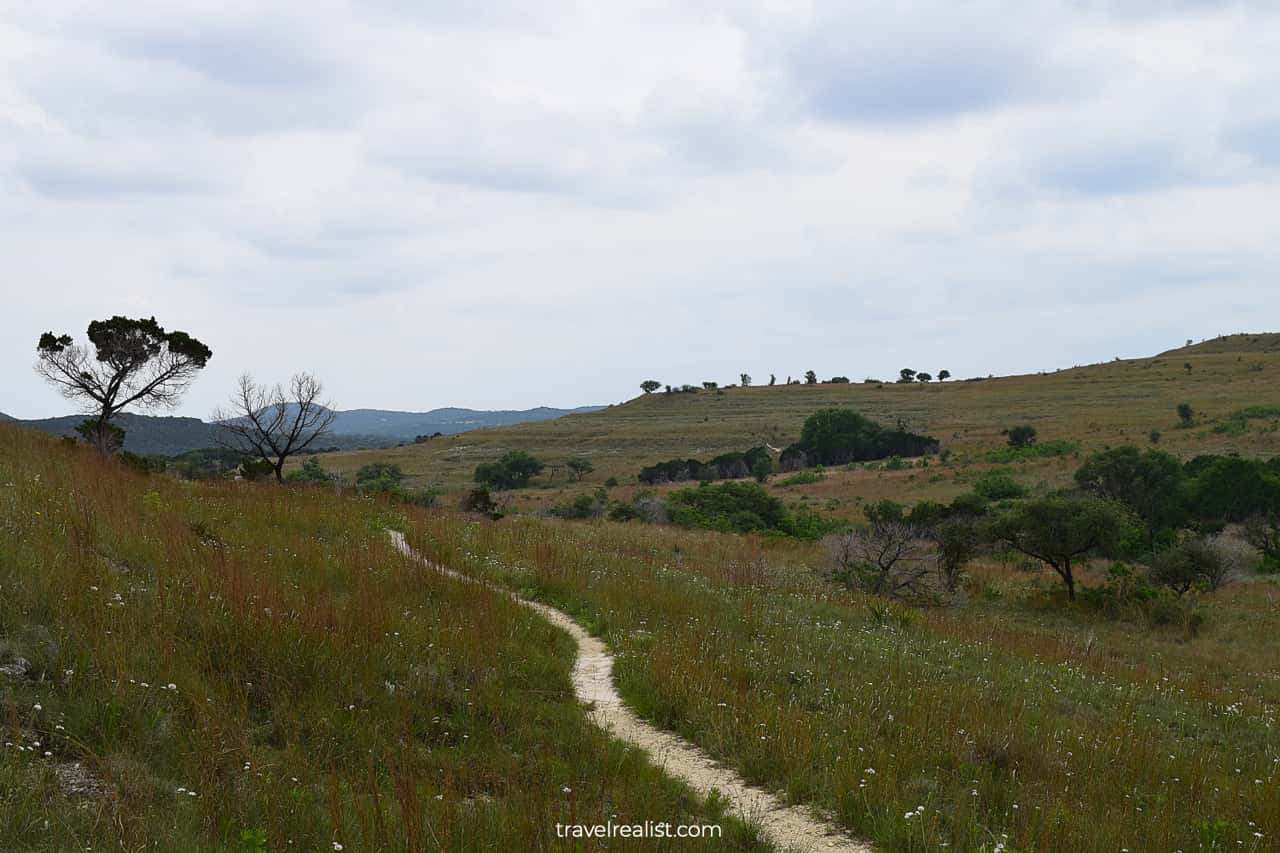
These items will help make the hike on a muddy or wet trail slightly more enjoyable. Wear light-colored and breathable clothing to stay cool during sunny and hot weather.
6. Bring sunscreen and hydration
They are best friends on any hike. Take a small backpack or a hiking belt to carry your water bottle, phone, and keys.

Sunscreen is essential during hiking even if the trail has plenty of shade. Consider pairing it with a nice headwear, like a cap or a bucket hat, to protect your hair from the sun and obstacles on the trail.
7. Don’t forget a first-aid kit
Accidents happen and it’s important to be prepared. A basic first-aid kit can help treat minor injuries on the trail. Make sure to include bandages, antiseptic wipes, pain relievers, and insect repellent in your kit.
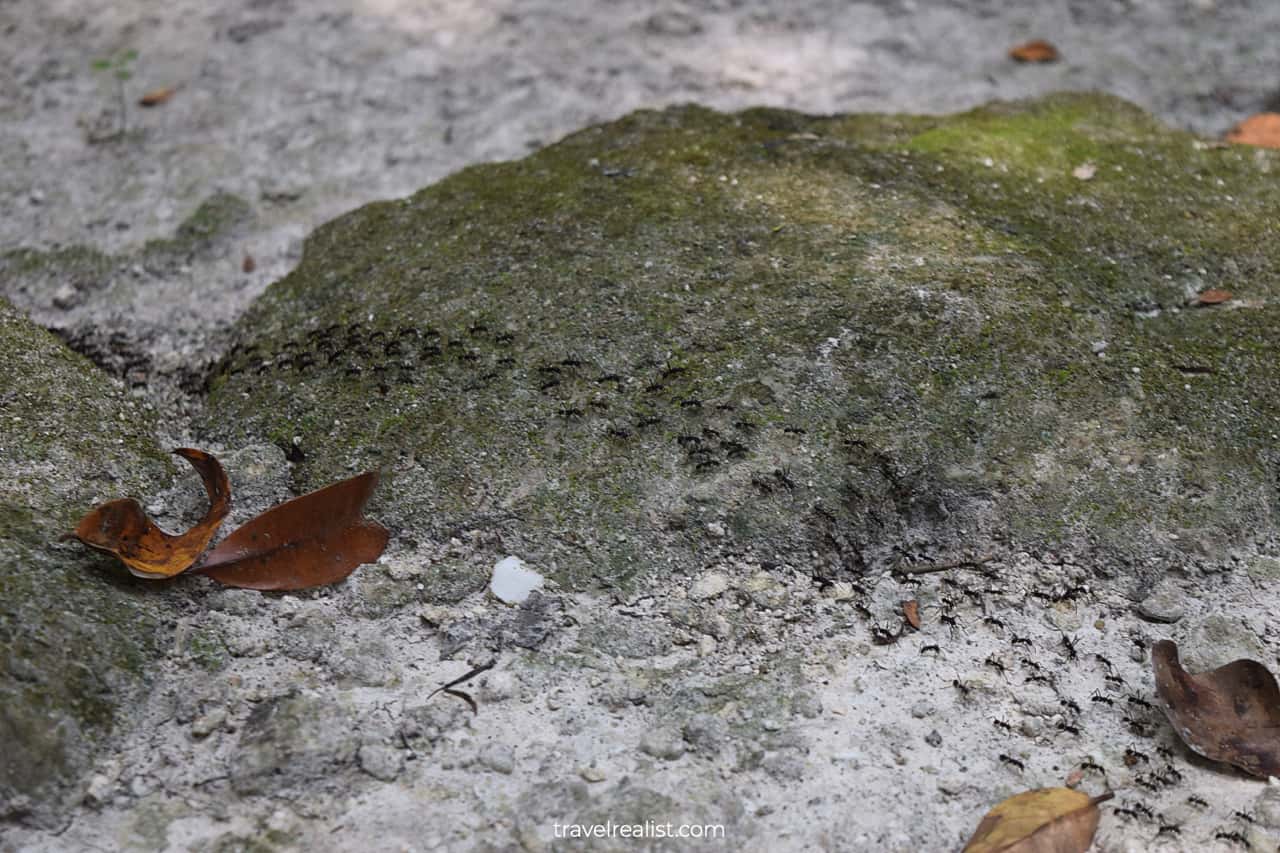
8. Pack snacks
Hiking is a physical activity that could make you tired or hungry. Consider packing a bar or a trail mix to snack on, even if you think you won’t need it.
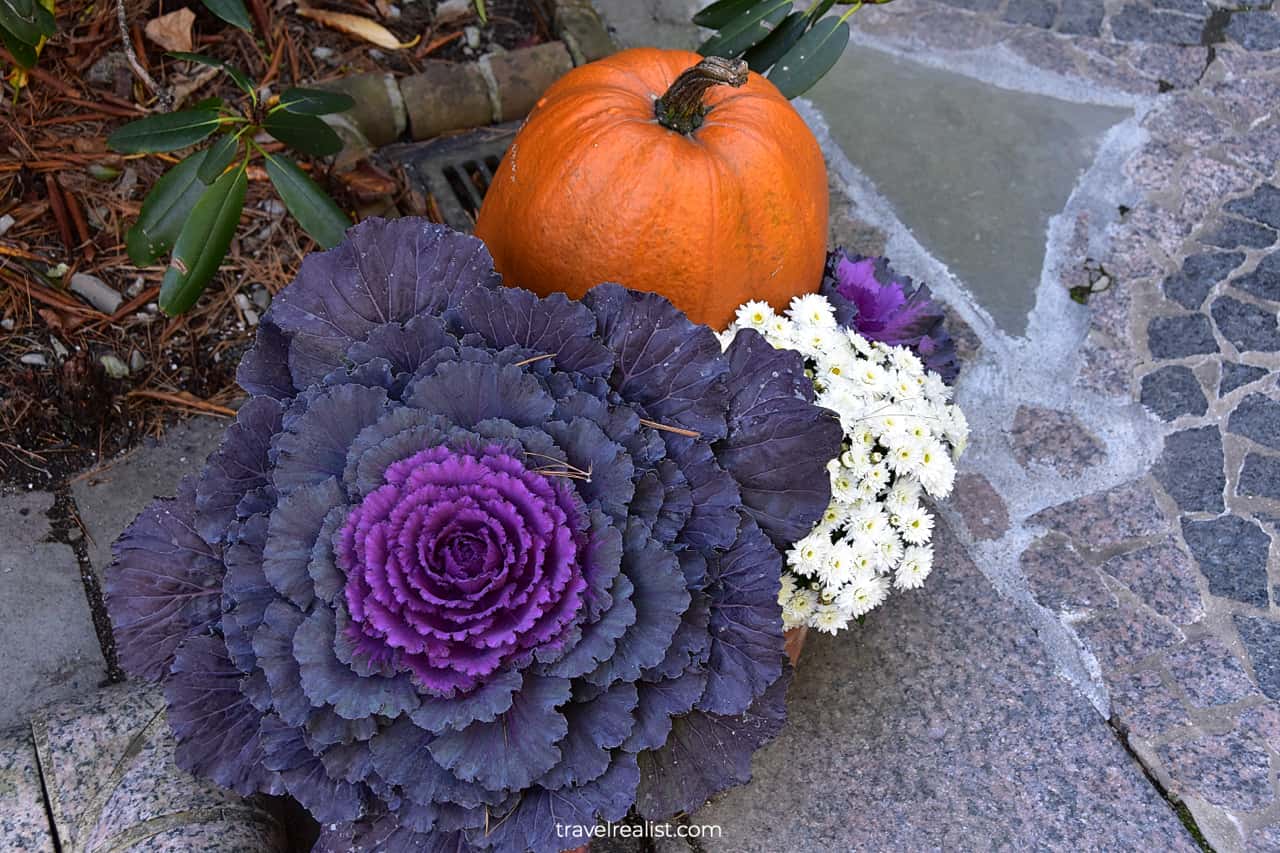
While snacks don’t take much space, they can make your hike more enjoyable. Just make sure to leave one in your car to reward yourself with after your first hike!
9. Leave no trace
It’s important to leave the trails in the same condition as you’ve found them. Therefore, always take your trash back with you.
Bring a small trash bag or put your snack wrappers into your backpack or side pocket. If you plan on bringing a pet on a hike with you, make sure to clean up after them, too.
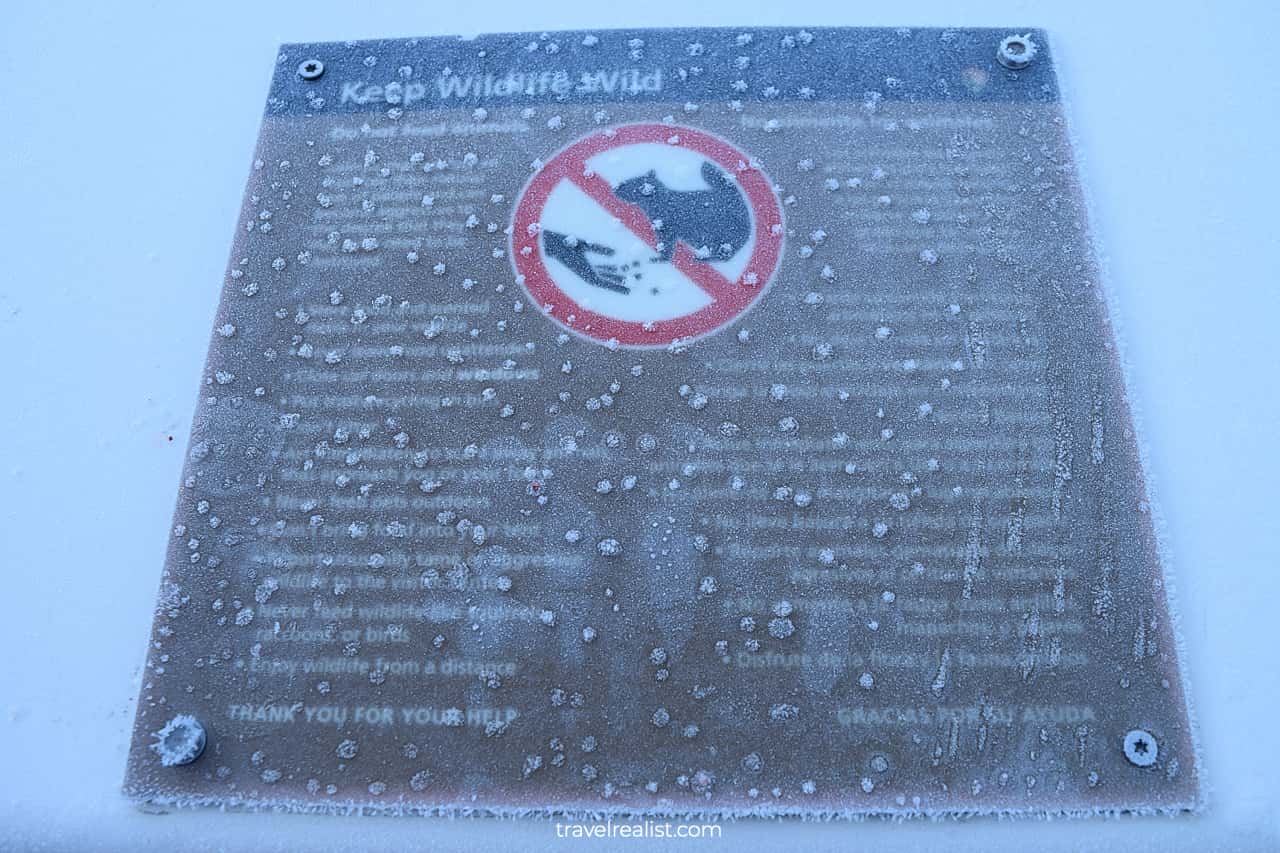
Please, be respectful to other hikers and wildlife. Among other things, it means no music pollution and loud conversations. Finally, don’t feed any animals you might see along the way.
10. Know your limits and pace yourself
It’s easy to get excited on a trail and push yourself too hard. Before you learn your limits, take frequent breaks, hydrate, and snack. If the hike turns out too strenuous, it’s better to turn back and try again another day.
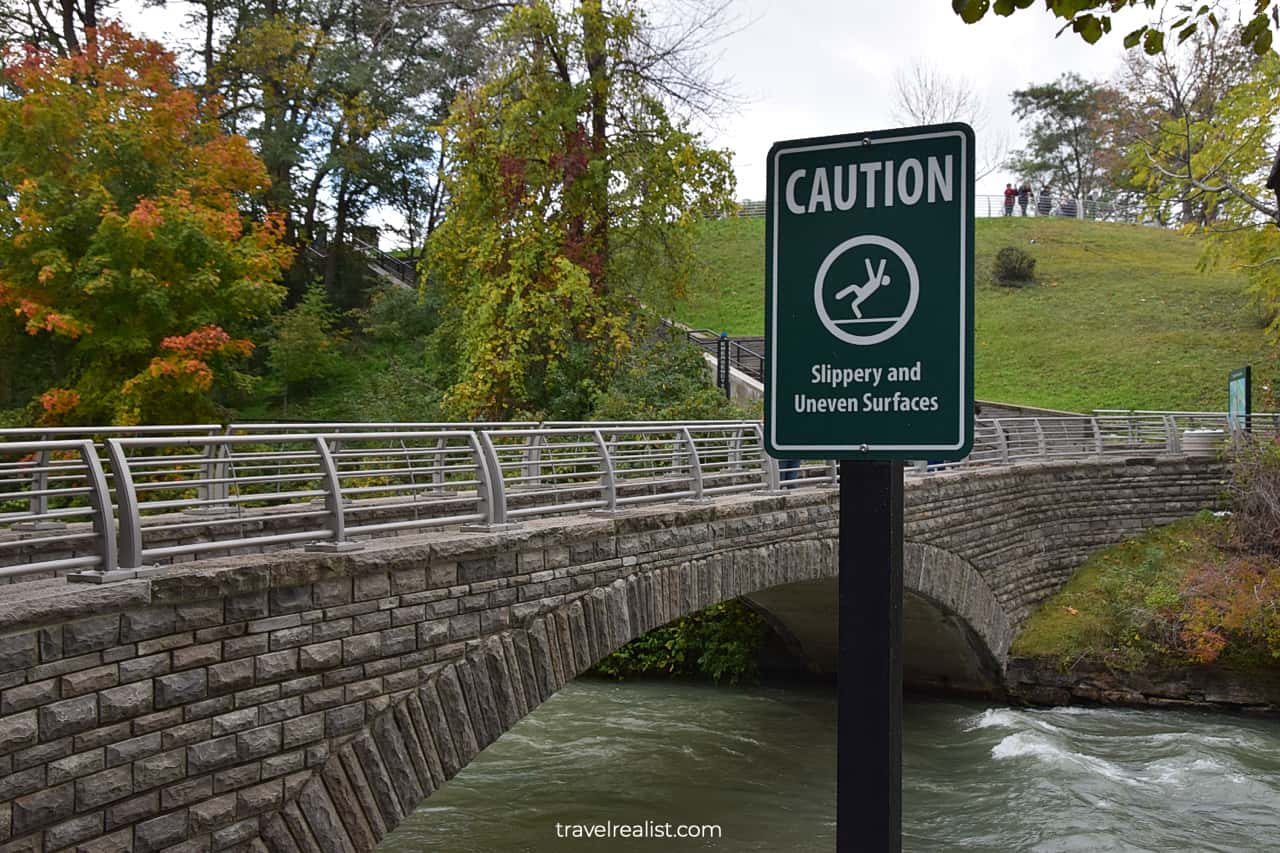
11. Learn basic navigation skills
Download an offline map of your route to not get lost if you lose Internet connection. Google Maps and Maps.me are great for navigating offline.

Take a printed map if there is one for your chosen trail. And learn to understand the trail markers and signs. Most organized trails in the US would have some signs to help you stay on track.
12. Invite a friend
A company could make or break your first hike. Consider bringing along a more experienced friend. It is really a win-win situation.
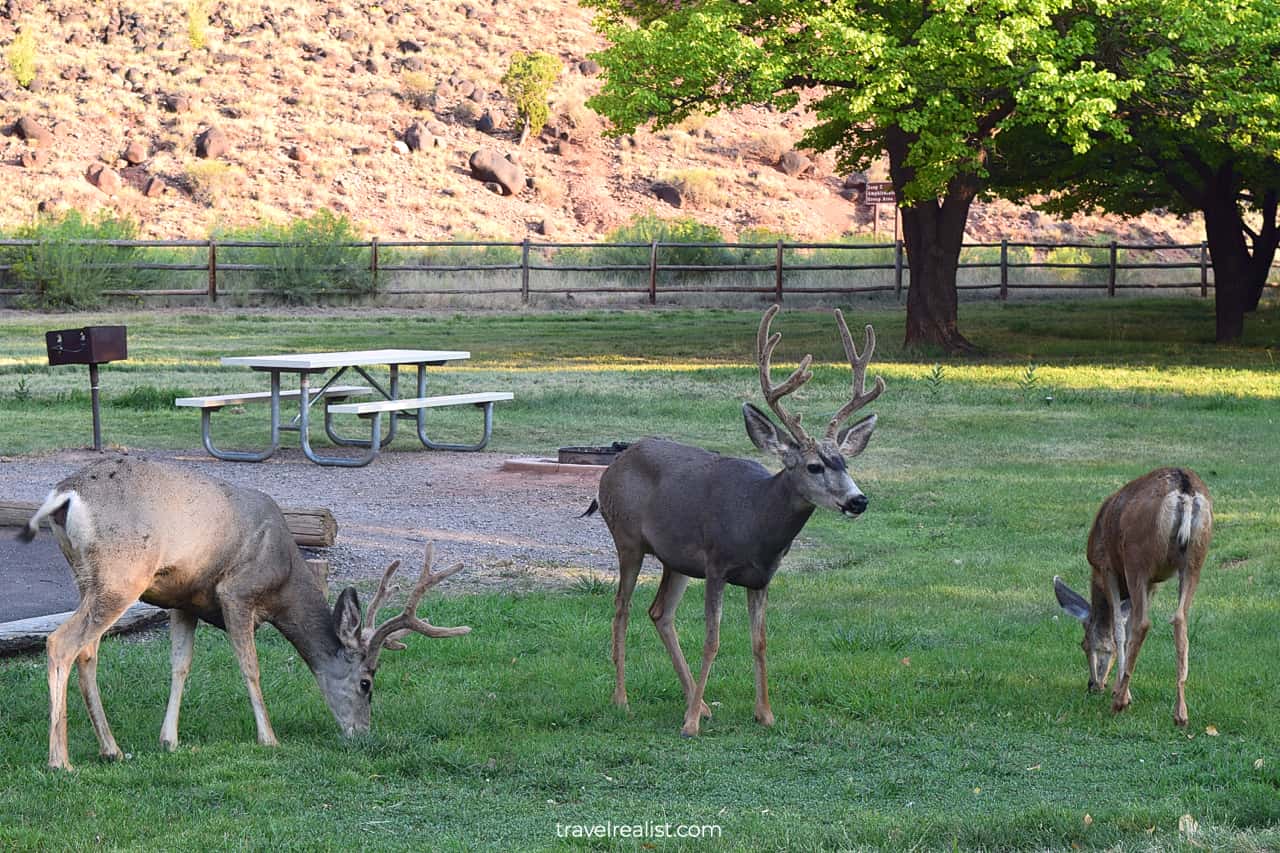
You could catch up while enjoying the trail. Your hiking partner could explore a new or revisit an old trail. And you could learn a few trade secrets during the hike.
13. Tell someone where you’re going
This is of vital importance if you plan on hiking alone. Share your location with your loved ones or tell them that you’re going on a hike.
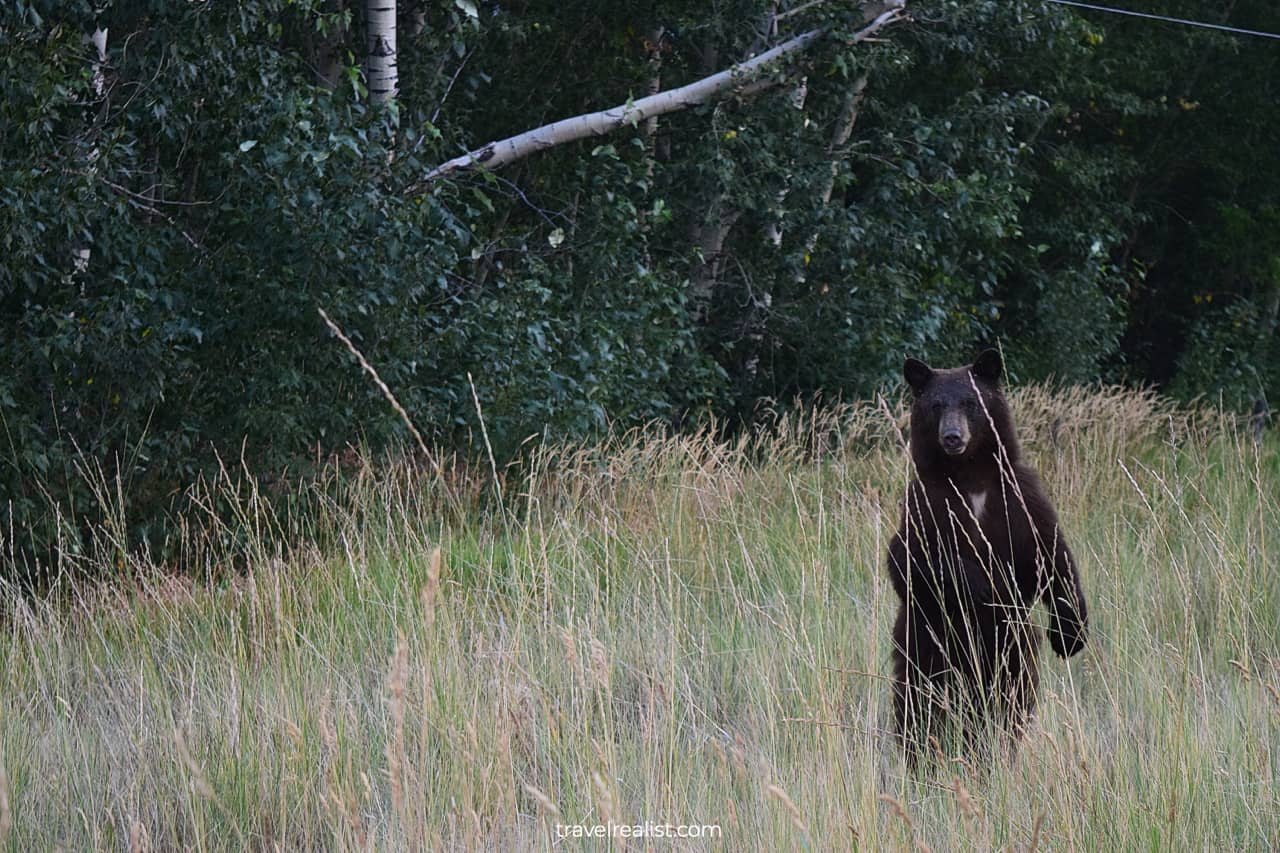
In case something happens to you, your friends or relatives would know where to find you and could get help.
14. Have fun!
After all the planning and testing, it’s time to enjoy the trail you’ve picked. Be present on your hike to connect with nature and yourself.
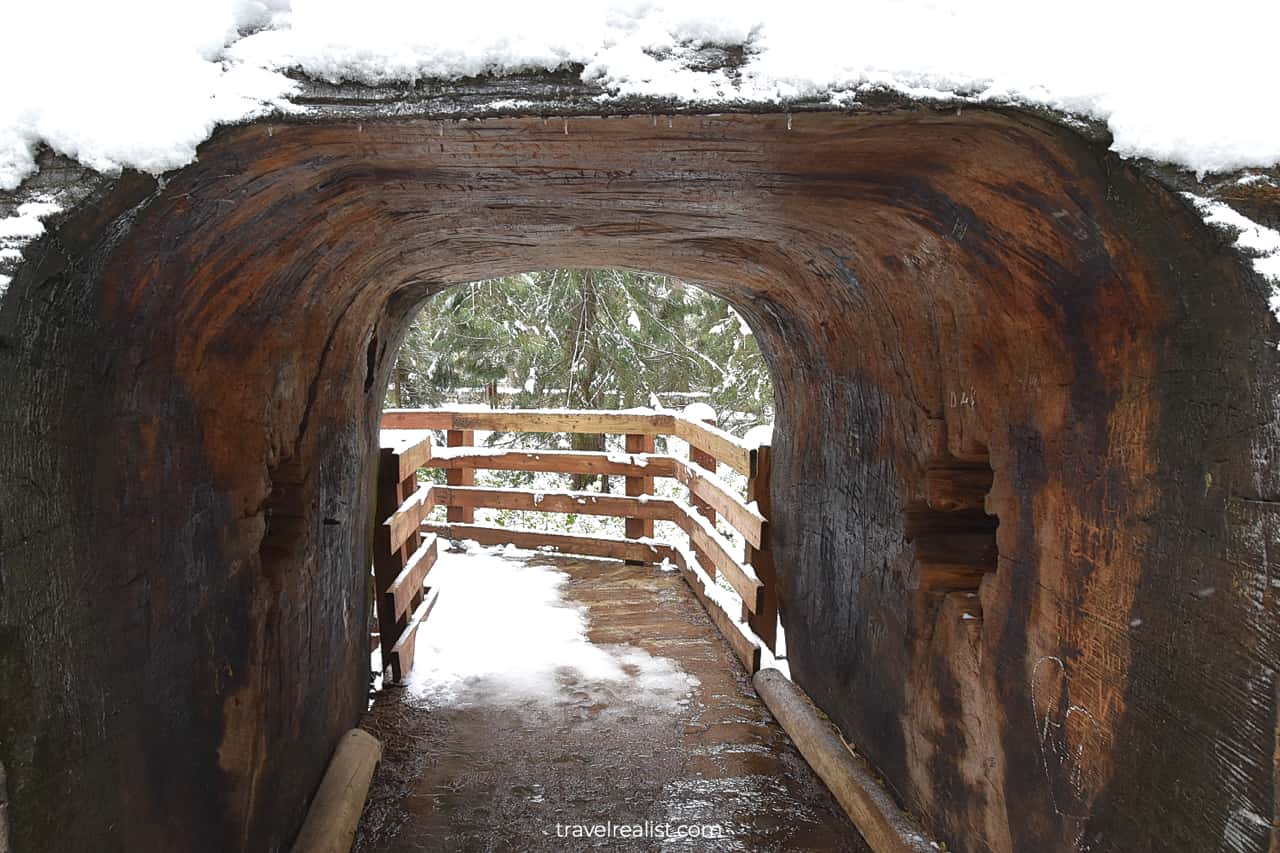
After the hike reflect on your first experience. Hiking could very well be addicting. And you might soon start planning your next hiking adventure!
Takeaways: Beginner Hiking Guide
Hiking is a great physical activity. It gives you an excuse to get outdoors. As long as you follow a handful of simple tips outlined in our Beginner Hiking Guide, you could make hiking a favorite pastime.
Frequently Asked Questions
There are a few tips to follow for a more enjoyable hiking experience for beginners:
– Assess your fitness level and establish limits.
– Test your hiking shoes and pack appropriately.
– Research your trail beforehand.
– Start slow with easy, short, and flat hikes.
– Bring a friend and learn offline navigation skills.
– Tell someone where you’re going and stay on trail.
– Leave no trace and have fun.
Consider trails under 2 miles with minimal elevation gain for your first hike. The longer the distance, the faster you would feel tired.
Beginners should pick hiking trails under 100-200 ft (30-60 m) in elevation gain. The flatter the trail, the easier it will be to hike.
– Comfortable shoes are the most important item on your first hike.
– Phone with downloaded offline maps or a map printout.
– Backpack or belt could help carry your water bottle, snacks, phone, and keys.
– Sunscreen, insect repellent, and a first-aid kit round up the most essential items.
Safe realist travels!


